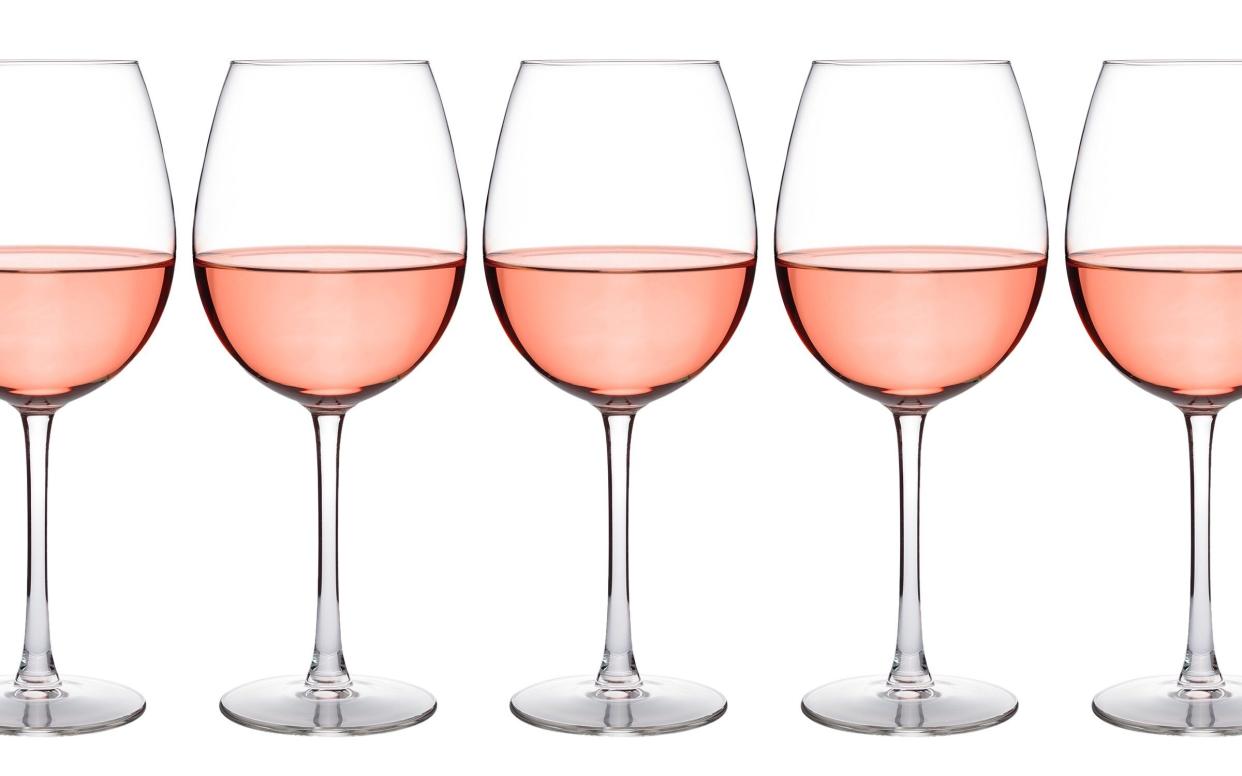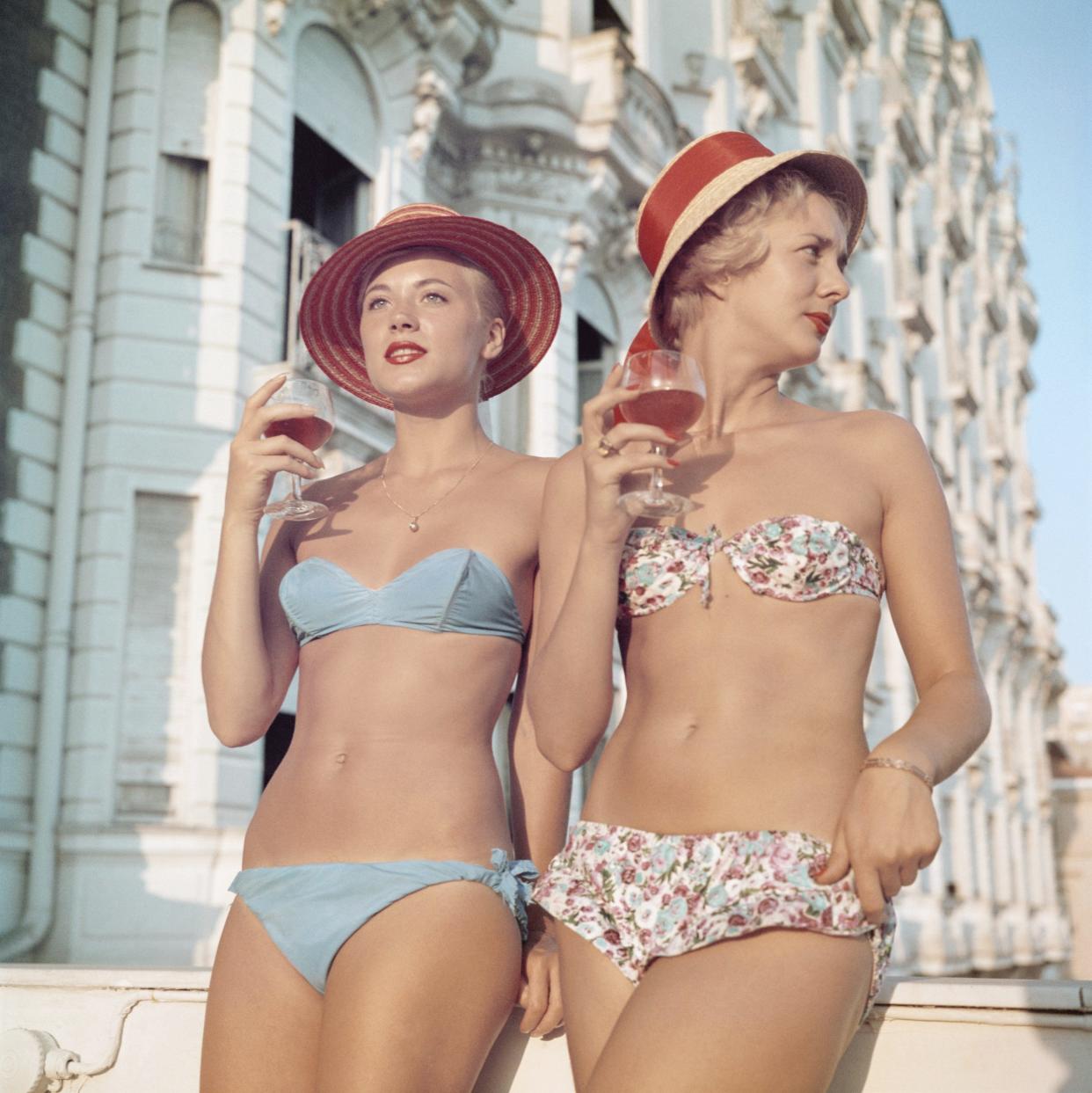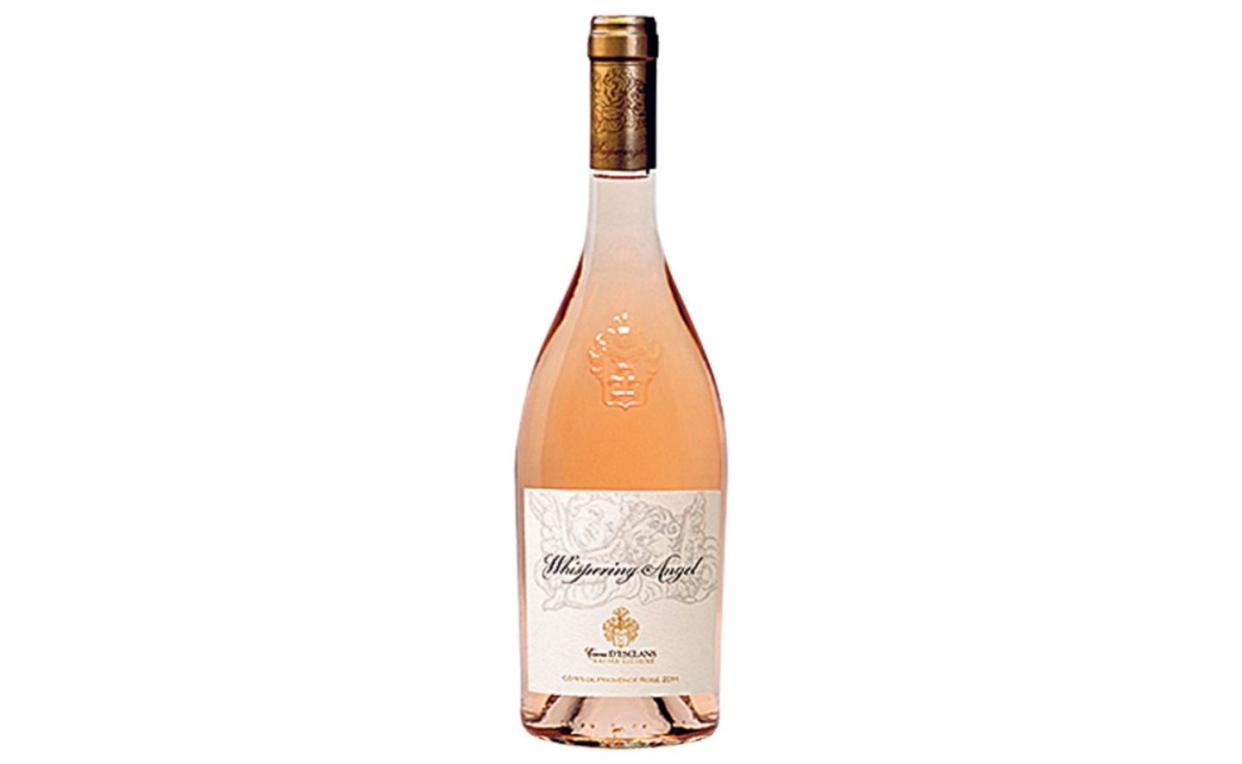There’s no need to be snobby about rosé

Sun, at last. But will the temperature hit 28C over the next few days? That, apparently (well, according to Lidl) is the magic number of degrees at which the British surrender en masse to the siren call of rosé and begin thronging like lemmings to the nearest chiller cabinet in search of something cold and pink.
If you feel the urge, perhaps you might even go pink and English with Chapel Down Rosé Brut NV. This delicious sparkling wine from Kent was one of only 50, amongst several thousand entries from all over the world, to win a highly-prized Best of Show gong at the Decanter awards this week. It’s an accolade that might once have seemed out of place for a rosé, let alone an English rosé, because pink wine hasn’t always been held in high esteem. Jeremy Clarkson refers to it as Lady Petrol, a designation that manages to be offensive to rosé, ladies and even to petrol all at once.
And he certainly doesn’t own the patent for being rude about rosé. When I first started learning about wine, in the nineties, I noticed that wine nerds talked about rosé as if it wasn’t really a proper wine. No doubt that was partly a hangover from the famous Mateus Rosé era of the 1970s when the slightly sweet, slightly sparkling, mass-produced Portuguese pink was the best-selling wine in the world. It was also because most rosé was considered too simple to be taken seriously.

This condescension didn’t apply to all rosé, obviously, because the first rule for being snobbish about anything is that you make lots of rules and you make them complicated for outsiders to understand. So two rosés did get the seal of approval from those oenophiles. One was Bandol, an expensive pale pink from a specific part of Provence. The other was Tavel, the very dark rosé from the southern Rhône that was served at the court of Louis XIV in the eighteenth century and praised by the writer Balzac.
It wasn’t just wine bores who behaved oddly around rosé in those unenlightened times, either. I had a male friend who loved rosé from the Côtes de Provence and endured titters of disdain each time he ordered it in a restaurant or bar as if, somehow, rosé was only supposed to be drunk by laydeez. I hope he now enjoys the smugness of being ahead of his time.
Today Provence rosé is a highly fashionable aspirational brand, just like champagne. It owes much of the turnaround in its reputation to Sacha Lichine, an entrepreneur best known as the creator of Whispering Angel.
The son of a Russian emigré, Lichine was born in Margaux, in Bordeaux, and educated in the U.S. When he bought Château d’Esclans in Provence in 2006, his vision was as bold as it was clear. He wanted to make serious rosé – “a lot of winemakers said [then] that rosé is sort of Coca Cola wine” – and he wanted to sell it as a luxury product in America. Lichine knew what needed to be done in the winery. He was also a marketing machine, selling, with each glass, the St Tropez blue sky, superyacht dream.
“The most important thing we did,” he once told me, when I asked how he set about building Whispering Angel as a sought-after brand, “Was to get it in people’s mouths. At one point, we had 400 consumer events going on, just in the US.”

The slog paid off. Famously, Lichine says he knew he’d succeeded when a yacht-builder asked for the dimensions of a double-magnum (3-litre bottle) of Garrus, his finest rosé (Hedonism sells the 2016 double-mag for £500) because a client wanted a bespoke fridge to fit one in. In 2019, he sold a controlling stake in Château d’Esclans to the luxury goods company LVMH.
But he had started a rosé revolution. Now it’s not just that anyone who’s anyone, from Chanel to Carla Bruni-Sarkozy, either owns or wants to own a vineyard in Provence. From Paris to Manhattan, and everywhere in between, rosé is now seen as a stylish summer drink. It’s pretty obtuse to dismiss as “Lady Petrol” anything with that sort of pedigree. Rosé is also taken more seriously in wine circles; witness the rise of rosé champagne and, indeed, of English sparkling pink.
How can you tell if a rosé is any good? Well, not by holding it up to the light to see how pale it is. You need to take a sip. A skilful winemaker can make rosé that is subtle but also complex and persistent; it’s like the gossamer delicacy of spider silk which is also surprisingly strong. And if the rosé is really good, it will still taste like rosé and not like water when you take a sip in between mouthfuls of food.
But, of course, the real point of rosé is the dream. We want to take a bottle out of the fridge and imagine we’re next to a swimming pool inhaling the smell of garrigue on the Côte d’Azur. Or perhaps, if it’s English, that we’re in a deckchair in a garden about to have a bowl of strawberries and a slice of cake for tea.


